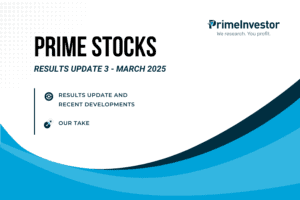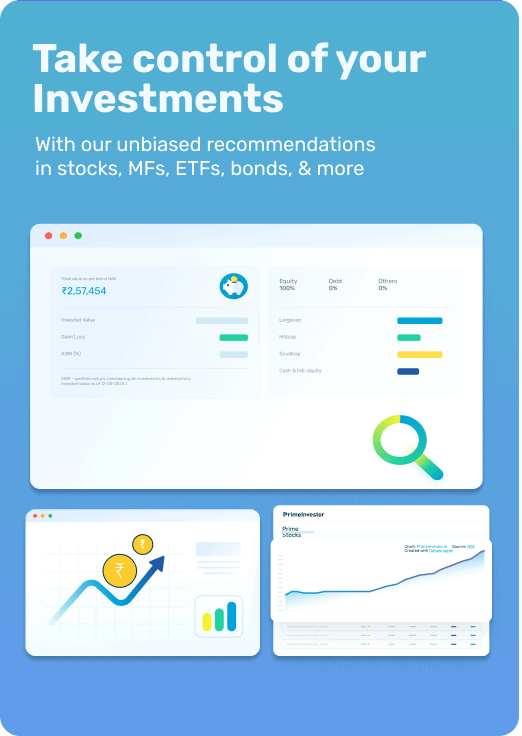Can a low-risk debt fund with an average duration of around just 1.2 years deliver an average 3-year return (rolling 3 year returns since inception in March 2009) of 8.7%? And what if the worst ever 3-year returns of this fund was 7%? This is not the performance of a high-quality accrual fund or a duration fund. We’re talking of a fund that can be used for both your short term and long-term needs, thanks to its structure, duration and performance.
About the fund and suitability
Aditya Birla Sun Life Floating Rate (ABSL Floating Rate) is a floater fund that existed well before the ‘Floater fund’ category came into being in 2018 under SEBI’s new fund category. Floating rate funds are required to invest predominantly in floating rate bonds or use derivatives and swaps to this effect. ABSL Floating Rate is suitable for short term investors with a minimum time frame of 3 months and for any long-term period as well.

While we have stated that the minimum holding is 3 months, we find that the fund’s return is optimal closer to its average duration of around 1 year as it cuts down the chance of any losses and helps benefit from any interest rate moves. Hence, a 1 year would be a preferred minimum holding period. The fund is suitable for:
- A short-term portfolio with minimum time frame mentioned above
- The more liquid portion of an asset allocated long-term portfolio
- A systematic withdrawal plan portfolio
Floater funds
While ABSL Floating Rate has a mandate to invest at least 65% in floating rate instruments, it is not easy for this fund nor its category peers to achieve this by purely holding floating rate notes.
The reason is that at present, the floating rate bond market is still nascent. While companies have been using such bonds to fund their short-term needs, they are limited. But more recently the Government of India has started issuing such bonds too. While this is expected to deepen the floating rate market, at present, floater funds like ABSL Floating Rate make do with some holdings in floating rate notes and instead use interest rate swaps (IRS) and forward rate agreement (FRA) to create the floating structure.
To give a simple example – a swap would allow the fund to swap the interest (not the principal) on its fixed-interest securities for floating interest or vice versa, with a counterparty. If the fund expects rates to move up, it might swap the fixed interest for a floating one. This way, it would be able to up the cash flow on its papers when rates move up, even if it holds fixed interest instruments.
In addition to swaps, forward rate agreements and interest rate futures help these funds to protect themselves from interest rate risk.
Performance
ABSL Floating Rate is not among the highest returning in the small universe of just 8 floater funds. This is because the average maturity of this fund has traditionally been lower than its floater peers, enabling the others to deliver better in a lowering rate scenario. The average maturity of the entire category was at 2.5 years as of October 2020, as opposed to 1.2 years for ABSL Floating Rate.
The advantage for ABSL Floating Rate is that it is less prone to negative returns than peers. For example, higher performing funds such as Kotak Floating Fund ad Nippon India Floating Rate have rolling 1-month negative returns of 8-10% as opposed to just 1.65% for ABSL Floating Rate. This makes this fund more suitable for shorter time frames as well.
In fact, this is among the only floater fund that we have under our minimum 3 month – 1.5 year holding, along with other ultra-short, low duration and money market funds. Note that we have consciously put the other floater fund in our recommendation list – HDFC Floating Rate Debt in our 1.5-3-year bucket.
ABSL Floating Rate Fund scores well when compared with the entire universe of ultra-short, low duration, money market and floater funds. Its exposure to papers less than AA+ rating, which was negligible earlier, is nil now. At 8.7%, its rolling 1-year return (over 2017-20) is superior to the average 6.7% of all 4 categories put together.
ABSL Floating rate, however, can be more volatile than ultra-short, low duration and money market funds, owing to its higher duration, hedging strategy notwithstanding. And remember, its swaps may at times not work in its favour, if the rate calls it takes does not work as anticipated.
In the past 5 years the fund had weekly negative returns 6.5% of the times as opposed to 3% for the universe we mentioned earlier.
This is the primary reason why the fund should not form the chunk of your short-term investments of less than 1 year. Investors should use this to supplement returns for their income generating portfolio (SWP) or for very-short duration investments.
Portfolio
As of mid-November 2020, ABSL Floating Rate had high-quality papers with 22% in central and state government bonds, 61% in PSU and AAAA-rated corporate bonds and rest in money market instruments.
If you are trying to look for those fixed interest securities whose interest rate the fund swaps with counterparties, you would be unable to identify them specifically in the portfolio disclosure. You will at best find mention of interest rate swaps in the portfolio. The fund has Rs 7160 crore of assets and is managed by Kaustubh Gupta and Panay Sinha.
Why now
We have mentioned in our earlier articles too that we are likely close to the bottom of rate cycle and should see an up move in a year or less. In general, reducing duration and moving to shorter duration funds is a strategy (which we will discuss in another article soon) that is called for when rate cycle moves up.
If this be the case, we think that this fund may have a slight edge over other very-short duration funds in terms of quickly re-adjusting to higher interest rates, even if it carries a fixed earning security. However, as explained above, you need to remember that the fund will carry higher volatility than other very short-term peers. You also need to know that when interest rates move up significantly, then funds such as money market and low duration may yield even better with less volatility.
Hence, judiciously mix this fund with others, for shorter periods of less than 1.5 years. You might want to check how we do that in our less than 1 year and 1-3 year time-frame based portfolios.
Also Read : A low risk mutual fund option for the conservative equity investor




38 thoughts on “Prime Recommendation: A low-risk debt fund for any time frame”
Should the investment be made lump sum or a sip, which is better for this debt investment?
Kindly read our article on this – https://www.primeinvestor.in/should-you-run-an-sip-in-debt-funds-or-in-lumpsum/ thanks, Vidya
Thanks Vidya for a very well-written and relevant article for the times. I was reviewing the Nippon portfolio and I found that it has similar if not slightly better portfolio quality. Is the lower average maturity and modified duration driving you to lean towards this fund or otherwise? Thanks in advance for our response
Think we responded through mail post this. Otherwise, let us know. thanks, Vidya
Thanks for details explanations
Kudos to Vidya for authoring a highly informative article . It serves as an eye opener in vividly understanding the suitability of Floating Rate fund category in investments of varying horizons. Can you please advise me as to what proportion of Retirement Corpus can be invested in this category?
Hello Sir, thanks. Please verify our retirement portfolios to get an idea on how to allocate – https://www.primeinvestor.in/portfolio-life-situation-retiree/ thanks, Vidya
Thank you for the recomendation !!
Very nice article…madam what happens when interest rates go up in Banking and PSU funds
They will reduce the tenure to earn accrual. Vidya
Good article , thanks for advice who looks primarily on safety & better returns
Thanks Vidya, answers all of my questions
Vidya, brilliant as usual! And, the timing is great for me. Will help in allocating my retirement funds.
Thanks for the article.
Thank you! Vidya
Very nice article.
Thanks for educating common investors.
Comments are closed.